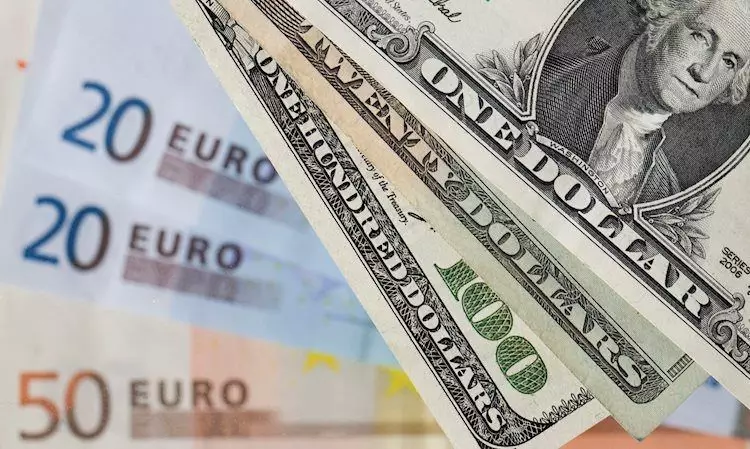The EUR/USD pair trades stronger near 1.1080 in Friday’s early Asian session after snapping a two-day losing streak. The recovery comes as US GDP expanded more than expected in Q2, with the growth rate rising at an annual rate of 3.0%. This second estimate released by the Department of Commerce surpassed both the forecast and the initial estimate, providing some support to the US Dollar. However, the upside for the EUR/USD pair may be limited as traders await key economic data releases.
Traders are likely to wait on the sidelines ahead of the German July Retail Sales and US July Personal Consumption Expenditure (PCE) Price Index reports. The outcome of these data releases could influence the direction of the EUR/USD pair. Any sign of weakness in the German retail sector or a significant deviation in US consumer spending may impact the pair’s movement.
Cooling inflation from Germany and Spain has supported the case for an ECB rate cut in September. The Consumer Price Index (CPI) data from these countries indicated a further slowdown in inflation, prompting expectations of lower interest rates by the European Central Bank. ING’s global head of macroeconomics, Carsten Brzeski, highlighted that a slowing economy and cooling inflation create a favorable macro backdrop for lower rates. However, he also emphasized that service inflation remains a relevant factor to consider.
The European Central Bank (ECB), headquartered in Frankfurt, Germany, plays a crucial role in governing monetary policy for the Eurozone. With a primary mandate to maintain price stability, the ECB sets interest rates and manages economic conditions within the region. The ECB’s Governing Council, consisting of heads of Eurozone national banks and permanent members like the ECB President, Christine Lagarde, makes monetary policy decisions. In extreme situations, the ECB can resort to Quantitative Easing (QE) as a policy tool to inject liquidity into the system.
Quantitative Easing (QE) involves the ECB printing Euros to purchase assets like government or corporate bonds from financial institutions, aiming to stimulate economic activity. QE typically results in a weaker Euro, as increased liquidity can lead to inflationary pressures. On the other hand, Quantitative Tightening (QT) is the process of reducing monetary stimulus after a period of QE, which can have a positive impact on the Euro’s strength. Understanding the ECB’s policy tools and their impact on the Euro is essential for analyzing the EUR/USD pair’s movement.
The recent US GDP data release has had implications for the EUR/USD pair, with traders monitoring upcoming economic reports and central bank decisions closely. The dynamics of inflation, interest rates, and monetary policy play a significant role in shaping the movements of currency pairs like EUR/USD. Stay informed about key economic indicators and central bank actions to navigate the complexities of the foreign exchange market effectively.

